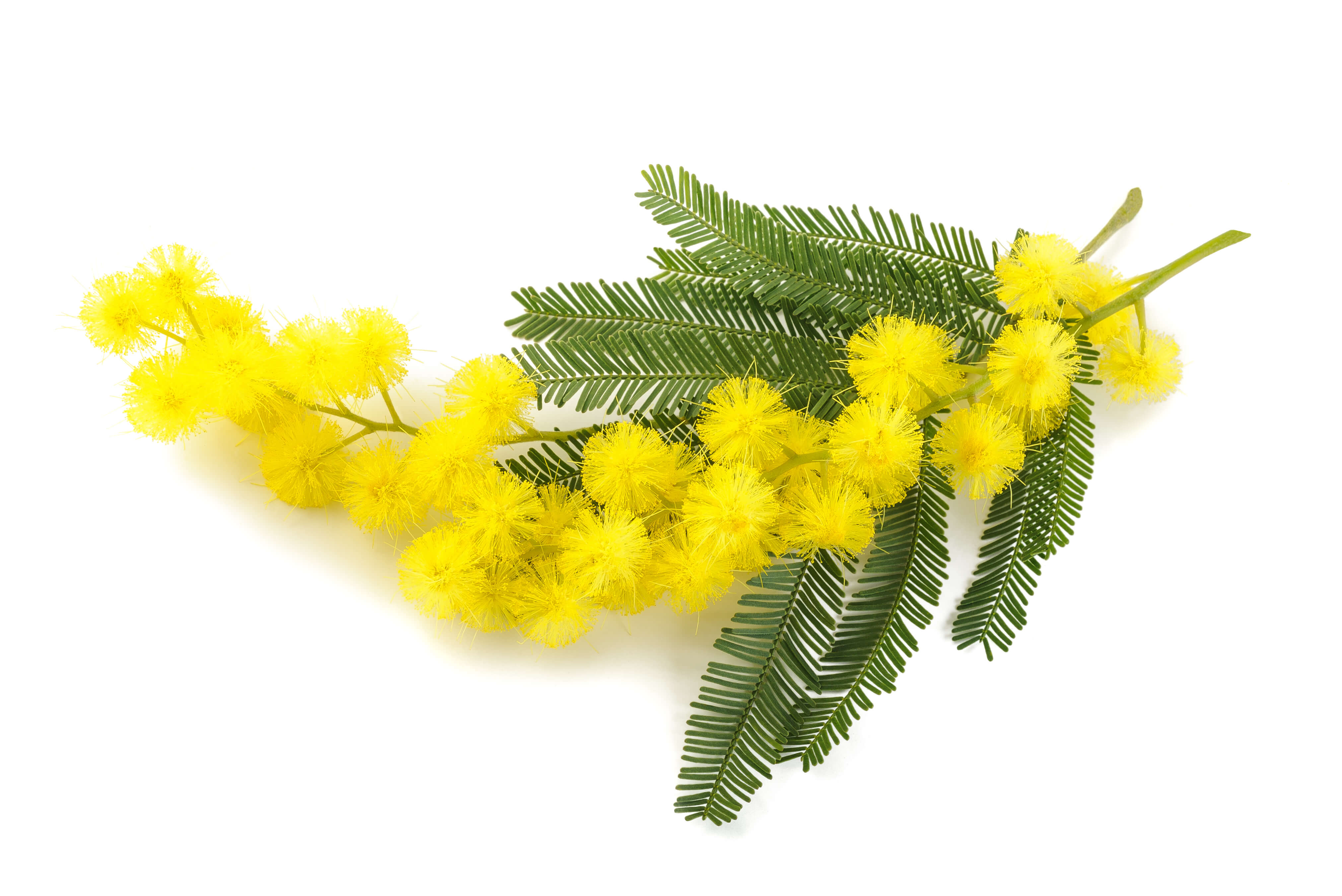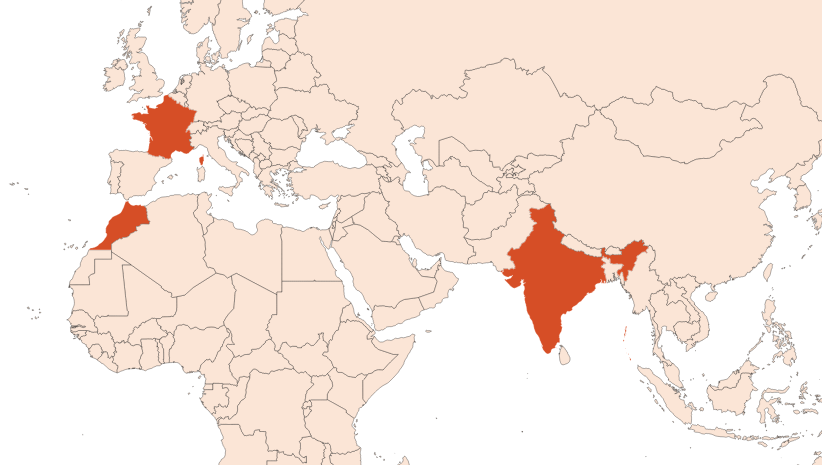
| Company | Ingredient Name | ID | Comments | Naturality | Certifications | Purity | Latin name | Treated part | Geographical origin | MOQ |
|---|---|---|---|---|---|---|---|---|---|---|
|
|
Absolue de Mimosa Pays - 30 gr | - |
Visit website
|
- | - | - | - | - | - | |
|
|
MIMOSA Absolute | M_0040060 |
Visit website
|
Naturel | - | - | - | - | - | |
|
|
MIMOSA ABSOLUTE | 4410000025 |
Visit website
|
Naturel | - | - | - | - | - | |
|
|
MIMOSA | P00554023000 |
Visit website
|
Absolue |

|
- | Acacia decurrensWilld. | Sommité fleurie | Maroc | - |
General Presentation
-
CAS N° : 8031-03-6
-
EINECS number : 617-051-5
-
FEMA number : 2755
-
Appearance : Yellow paste
-
Density :
-
Volatility : Heart
-
Price Range : €€€€
Physico-chemical properties
-
Optical rotation : Donnée indisponible
-
Vapor pressure : Donnée indisponible
-
Refractive Index @20°C : Donnée indisponible
-
Acid Value :
-
Flash Point :
Uses
Uses in perfumery :
Used in fine fragrance for floral-rose, violet, solar, amber and marine notes. Allows to give more facets to rose, tuberose or carnation and to bring a soft and fluffy effect.
Major Components :
- Heptadecene (≈7%)
- Nonadecane (≈2%)
- Ethyl Palmitate (≈1%)
- Heptadecane (≈1%)
- Docosane (≈0,5%)

Photo credits: ScenTree SAS
Botanical name :
Acacia dealbata Link
Synonyms : Acacia puberula Denham // Acacia decurrens var. dealbata (Link) Maiden
Botanical profile :
Mimosa is the flower of a shrub of the Mimosaceae family and the genus Acacia.
Chemotypes :
There are only two varieties of Acacia used in perfumery:
Acacia delbata: Known as Mimosa (Mimosa Absolute / Mimosa Concrete), native to Australia but mainly cultivated in France.
Acacia farnesiana : or Mimosa de Farnese - (Cassie Absolue / Cassie Concrete), with a deeper and greener smell than the 'classic' mimosa
It is very easy to distinguish the two varieties since the Cassie has mucrons (thorns), while the mimosa does not have.
Extraction process :
The only cultivated mimosa for perfumery is wild mimosa, in opposition to the horticultural mimosa, which would be the planted mimosa. Wild mimosa has a richer fragrant principle.
Mimosa blooms from the end of November to March and is harvested during this period. Harvests are done manually by cutting the head of the tree and cutting the branches that carry clusters of flowers. Part of the leaves and wood are kept, as they have an olfactory interest too. Agricultural workers can harvest an average of 60 kg of flowers per hour of labour. Mimosa can be cultivated green, semi-bloomed or bloomed. In the cas of green or semi-bloomed mimosa, it is put into a greenhouse. Inthis warm room, water makes steam, and forces mimosa to bloom, to form a maximum amount of smelling compounds.
The fresh plants are introduced into an extractor and are extracted with hexane to obtain the concrete, after the flowers are removed and the hexane has evaporated. The concrete is heated to be softened and introduced into a glazing tank. The concrete can be diluted in alcohol to precipitate the waxes by cooling the mixture down to 32 °F, to keep only the fragrant principle of the flower: the absolute. The absolute is obtained by filtering the precipitated waxes and evaporating the alcohol from the mixture.
The yield of the absolute is 2 ‰.
The mimosa absolute can be diluted in a solvent such as DPG to make it less viscous at use.
Other comments :
The mimosa was imported in 1780 to Europe, during an expedition of Captain Cook in Australia.
As lavender, mimosa is bitten by the leafhopper: a sap-killing insect that induces the death of the tree.
The mimosa absolute is quite waxy and solidifies at room temperature. This is why it is difficult to use it in perfumery.
Stability :
Contains crystalizing compounds
Solubility issues in perfumes
Stable oil in perfumes and in diverse functional bases
Regulations & IFRA
Allergens :
IFRA 51th :
This ingredient is restricted by the 51th amendment
Annexe I :
Some regulated synthetic ingredients are found in nature and in certain proportions in natural ingredients. This presence in nature has to be taken into account when calculating limits of use recommended by the IFRA. In case you do not know these concentrations, you can use the ones estimated by the IFRA. Here they are :
| List of regulated compounds contained in this ingredient | ||
|---|---|---|
| Regulated ingredient name | CAS N° | Estimated Concentration |
| p-Methoxybenzaldehyde | 123-11-5 | 0,1 |
| Benzaldehyde | 100-52-7 | 0,08 |
| Eugenol | 97-53-0 | 0,02 |
| Benzyl salicylate | 118-58-1 | 0,02 |
| Benzyl benzoate | 120-51-4 | 0,12 |
| Benzyl alcohol | 100-51-6 | 0,19 |
| Anisyl alcohol | 105-13-5 | 0,12 |

